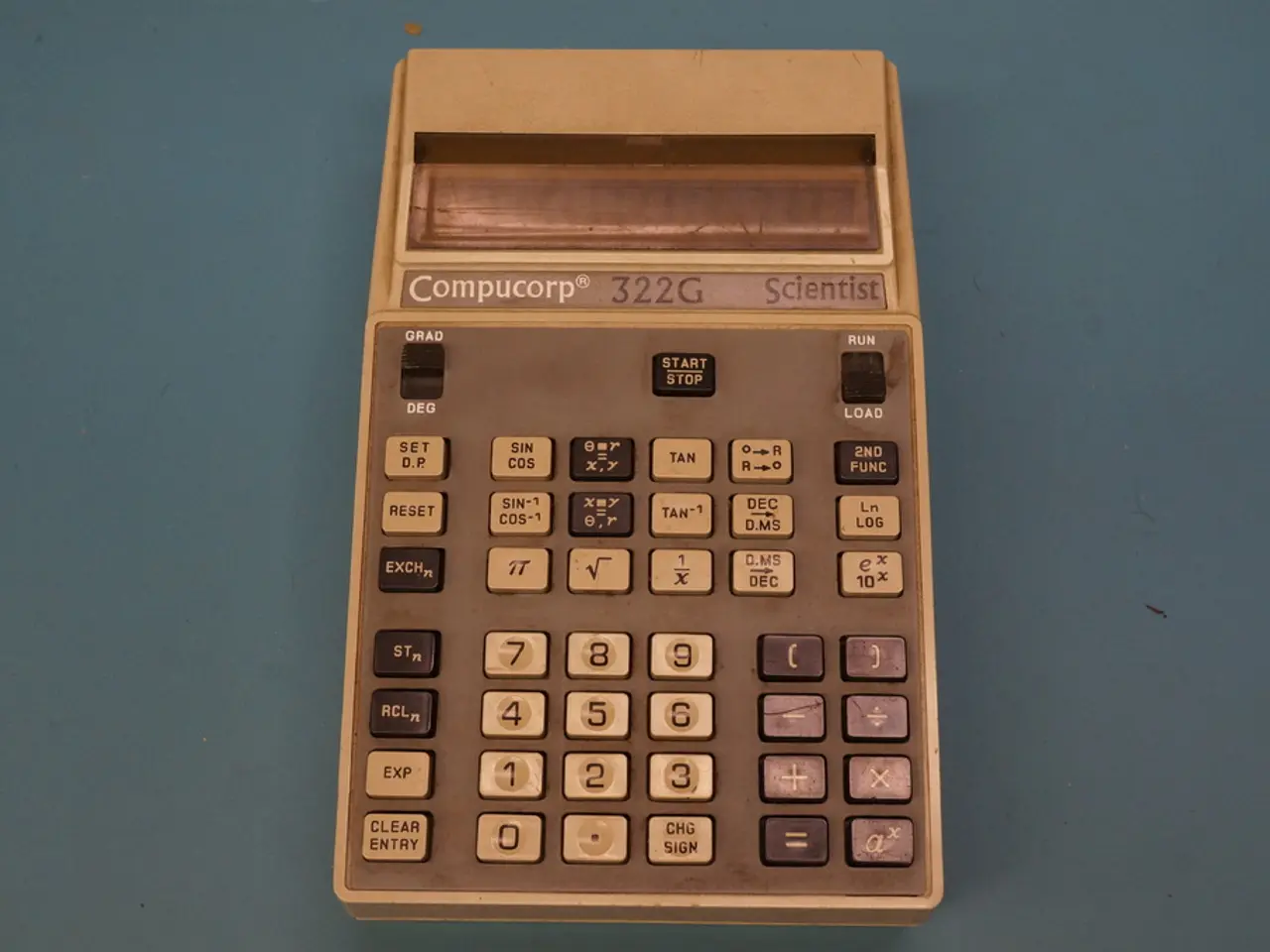Exploring a Nation's Commerce Might: Unraveling Its Dominance in Trading and the Subsequent Effects
The Terms of Trade (TOT) is a crucial concept in international trade, measuring a country's relative trading position by reflecting how much a country can import with its exports. A favorable TOT, indicated by a value over 100%, suggests a country is earning more from exports than it spends on imports, strengthening its balance of payments position.
The TOT is calculated by dividing the average price of a country's exports by the average price of its imports, then multiplying by 100. This ratio provides a broader picture of a country's trading advantage, revealing the relative price movements between its exports and imports.
Several key factors influence the TOT in international trade. The prices of export and import commodities play a significant role, with countries reliant on a narrow range of primary products, such as developing countries exporting tropical agricultural products, experiencing greater TOT volatility. Trade policy instruments, like customs duties, tariffs, and trade agreements, can also alter trade flows and prices, impacting TOT.
Market competition and supply-demand changes, as well as trade openness and integration, are other significant factors. Highly competitive markets for commodities can cause strong sensitivity of prices to changes in demand or supply, influencing TOT variability. More open economies are impacted differently than less open ones, as global integration shapes prices and the availability of goods.
Global economic conditions and agreements, such as international economic development efforts, treaties like GATT and WTO frameworks, and economic shocks, indirectly affect TOT by influencing trade prices and volumes.
Providing financial incentives to exporters through export subsidies can potentially increase export volumes and boost the TOT, but these subsidies can be expensive for governments and distort fair competition in international trade. Governments sometimes use tariffs (taxes on imports) to make imported goods more expensive, potentially making domestically produced goods more competitive and boosting export volumes. However, tariffs can also lead to higher prices for consumers and potentially spark trade tensions with other countries.
It is essential to note that the TOT does not consider factors like debt or foreign investment, which can also influence a country's overall economic well-being. Furthermore, the TOT does not account for the volume of trade, so a country could see its TOT rise because export prices increase but if export volumes also fall, it might not be able to import as much as it seems.
A low TOT (under 100%) indicates a country is spending more on imports than it earns from exports, which can strain a nation's resources and limit its ability to import essential goods, potentially leading to shortages and higher domestic prices for consumers. When import prices rise faster than export prices, the cost of imported goods increases, contributing to inflation and a decline in living standards, especially for countries heavily reliant on imports.
In conclusion, understanding the TOT is crucial for countries to navigate the complexities of international trade. A comprehensive analysis that considers how inflation affects production costs and export volumes is crucial for understanding the long-term consequences of a country's trading position. Further learning on the subject can be found in resources like "Trade Barriers Explained," "Trade Balance," "Comparative Advantage Explained," "Autarky Explained," "Where Do Comparative Advantages Come From?," "Trade Protection," "International Trade," and "Macro Country Risk: The Hidden Danger Lurking in International Trade."
The Terms of Trade (TOT) analysis involves both finance and business, as it evaluates a country's relative trading position by examining the prices of its exports and imports, which are key aspects of business economics. Governments also manipulate TOT via financial measures like export subsidies and tariffs, demonstrating the intersection between finance and international trade.




